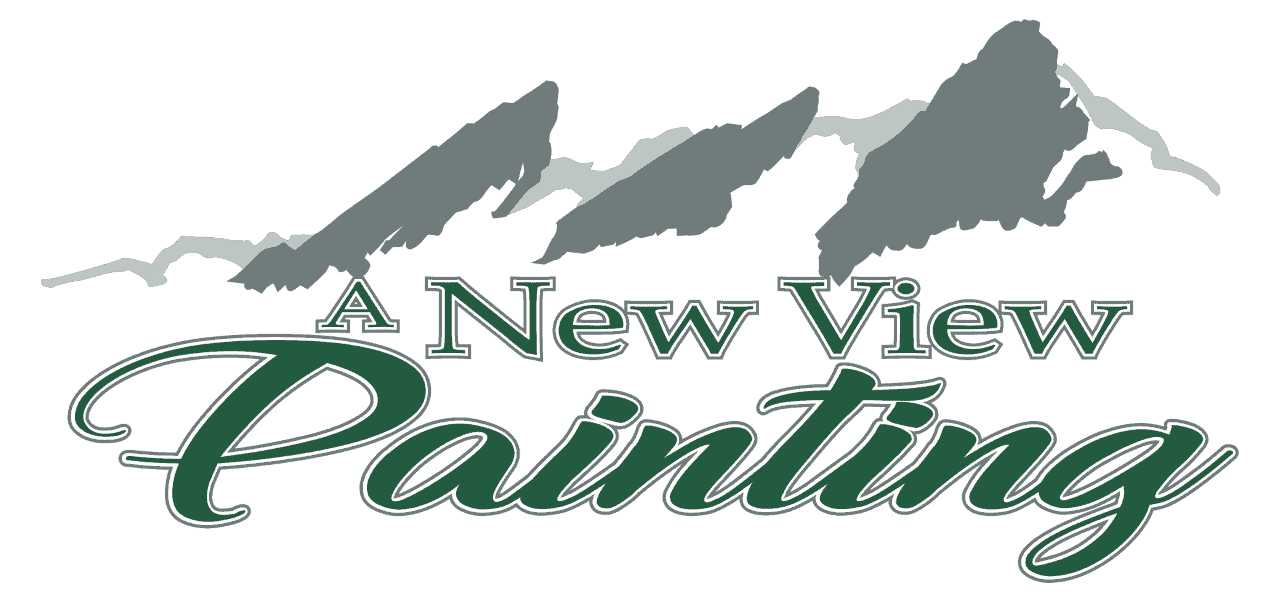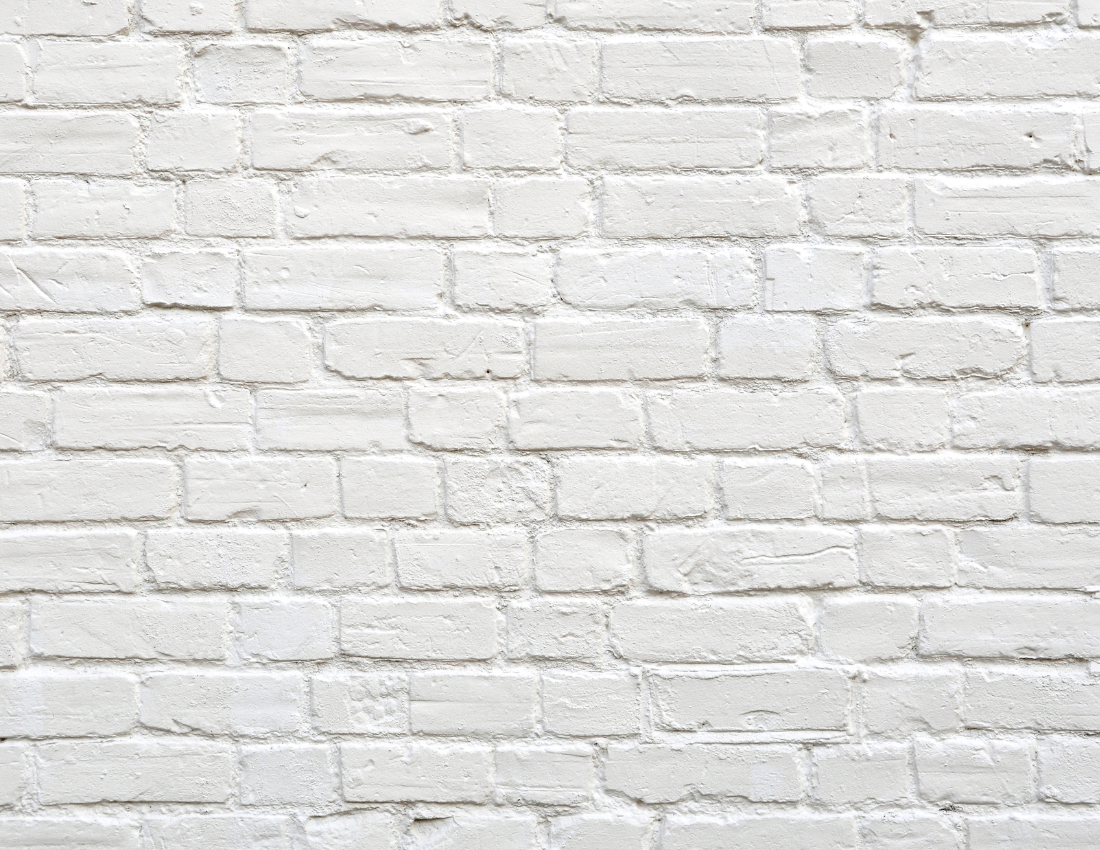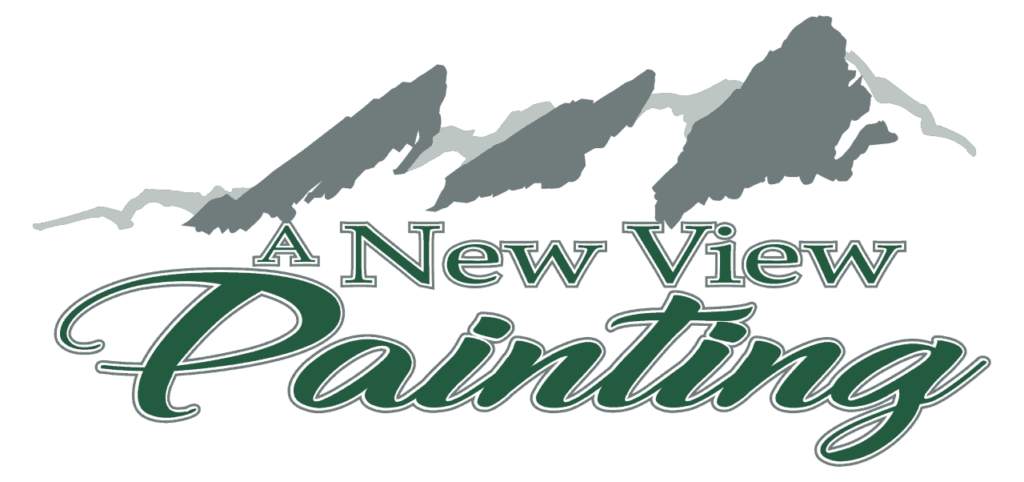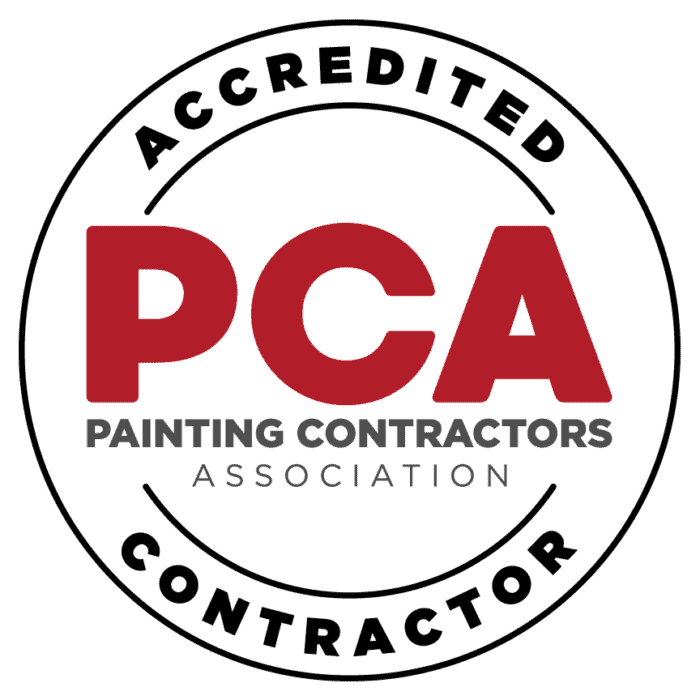How to paint textured walls might seem straightforward, but homeowners in Erie, CO quickly realize it’s not the same as painting a flat surface. Textured walls are everywhere—orange peel in the hallway, knockdown in the kitchen, or even that old popcorn ceiling in the guest room—and while they hide flaws well, they don’t make painting any easier.
The good news? There is a right way to get a smooth, even coat without drips or uneven patches. And it’s all about prep, tools, and knowing how the texture reacts to paint.
If you want long-lasting results, it’s always best to work with professional painters in Erie, CO who know these walls inside and out.
Key Takeaways:
- Use a ½ to ¾-inch nap paint roller to reach into wall textures like orange peel or knockdown.
- Always clean and prime textured walls before painting to avoid peeling and patchy coverage.
- Eggshell or satin finishes work best on textured walls—avoid high gloss or flat finishes.
- Paint in small 3×3 sections and check for drips after each pass for cleaner results.
Why Textured Walls Need a Different Approach
Textured walls—whether subtle or dramatic—have one thing in common: they’re not flat. That means standard painting techniques don’t always work. Flat walls let paint glide evenly. Textured walls? They catch roller fuzz, trap dust, and need more paint to get the job done.
You’ve probably seen finishes like:
- Orange peel, which looks like the surface of a citrus fruit
- Knockdown texture, with a more spread-out, troweled appearance
- Popcorn ceilings, often found in older homes
- Stucco or plaster walls in entryways and bathrooms
Each of these surfaces absorbs light differently and creates small valleys where paint tends to pool or skip altogether. Using the wrong paint roller, brush, or finish will make those imperfections even more noticeable.
That’s why our team always preps for the texture first—it shapes every step that follows.
What You Need to Get It Right
The tool setup matters more than you might think. For textured surfaces, we recommend skipping the all-purpose rollers and going for a thick nap instead. You’ll want something that can press into the grooves without needing extra pressure.
Here’s a quick rundown of what professional painters in Erie, CO typically use:
- A 9-inch paint roller with a 1/2-inch or 3/4-inch nap
- A sturdy roller cage
- High-quality paintbrush (2-inch angle brush works best for corners)
- Interior-grade primer
- Low-sheen latex paint like eggshell
- Painter’s tape that holds firm on uneven edges
- Basic tools like a putty knife, spackle, sandpaper, and plastic sheeting
Some projects may also need a sprayer, especially on heavy knockdown textures or wide ceiling sections.
Wondering how much paint you’ll need? Our paint calculator is a simple way to avoid overbuying or running out halfway through the job.
Prep Work Comes First (Always)
Before any paint touches the wall, prep work has to be handled. This step is often skipped in rushed projects, which leads to flaking, uneven coverage, or visible dust under the paint.
Here’s how we prep walls in Erie homes:
- Clean the surface. Textured walls collect dust, especially in Colorado’s dry climate. We vacuum or wipe down walls with a sponge and water.
- Fix any flaws. Tiny dents or cracks in drywall, old nail holes, or dents near the baseboard are patched with joint compound or putty.
- Sand lightly—only the patched areas—to avoid flattening the surrounding texture.
- Prime the entire wall, especially if you’re changing colors or going over plaster or mud.
A high-adhesion primer is a must here. It helps the paint stick better and prevents bleed-through. Not all walls need two coats, but knowing when to double up is part of the process, explained more in our coats of primer blog.
Choosing the Right Paint for Texture
Texture changes how color behaves. That means your paint sheen choice matters. In most Erie homes, we recommend:
- Eggshell: Subtle, easy to clean, and won’t reflect every bump
- Satin: A touch more shine for bathrooms and kitchens
- Avoid high gloss unless you’re intentionally highlighting the texture
- As for type, latex paint is a go-to. It’s quick-drying, low odor, and holds up in Colorado’s fluctuating humidity levels.
Don’t forget your color. In textured rooms, paint reflects light differently. Soft whites and light grays hide texture better, while bold colors make it stand out. We help homeowners test color samples in real light conditions to avoid regrets later.
Step-by-Step: How We Paint Textured Walls
Painting textured walls isn’t about speed—it’s about precision.
This is our process for homes across Erie, CO:
- Section the wall into 3×3 or 4×4-foot areas for better control.
- Use a paint roller to apply the base coat, gently rolling from top to bottom.
- Check for drips or missed spots before moving on to the next section.
- Use a brush to fill corners, edges near the ceiling, and around outlets.
- For high or hard-to-reach areas (like a popcorn ceiling), a sprayer may be used for an even coat.
- Remove painter’s tape while the paint is still wet to avoid peeling.
One tip we’ve learned from textured wall projects? Pressing too hard with a roller doesn’t help. It flattens the paint and adds uneven pressure. Let the roller’s nap and the paintbrush do their job.
Details Matter—So Do the Walls in Erie, CO
Older homes in Erie often have multiple wall finishes in one house. You might have knockdown texture in the entryway, orange peel in the kitchen, and flat walls in the bathroom. That means one-size-fits-all painting won’t work.
Sunlight also makes a difference. South-facing rooms show every roller mark when the paint isn’t applied evenly. Popcorn finishes can also crumble under poor paint application.
Working with a team that knows these homes—and these textures—makes all the difference.
Speaking of things that affect quality, our painting mistakes blog covers some of the most common issues we correct for local homeowners.
FAQs About Textured Wall Painting
How do you paint textured walls without leaving roller lines?
Use the right roller nap (½ to ¾ inch), paint in sections, and don’t overload the roller. Keep the pressure light and steady.
How do you paint a textured wall with a brush?
Use a 2-inch angled brush for tight corners, dabbing gently into deeper grooves. Avoid brushing over large sections unless absolutely necessary.
How do you cover textured walls?
If you’re looking to smooth them out completely, that’s a larger renovation process involving skim coating with joint compound. But for freshening up existing texture, a proper paint job goes a long way.
Final Thoughts on How to Paint Textured Walls
Textured walls aren’t impossible to paint—but they require the right tools, prep, and attention to detail. Whether you’re tackling orange peel, stucco, or even a faux painting finish, each surface has its own quirks.
At A New View Painting, our professional painters in Erie, CO handle these surfaces every day. From wall prep to final brush strokes, we take the stress out of updating textured interiors—and we clean up like we were never there.
Here’s what working with A New View Painting looks like:
- Full wall inspection before any prep or painting
- Expert color and paint sheen consultation
- Proper protection for baseboards, plastic-wrapped furniture, and floors
- Clean edges, drip-free finishes, and texture-sensitive applications
- Service backed by experienced professional painters in Erie, CO
Serving Boulder, Longmont, Frederick, CO, and surrounding areas
Call us at 970-660-3993 for a FREE estimate and let’s get your textured walls looking their best.





